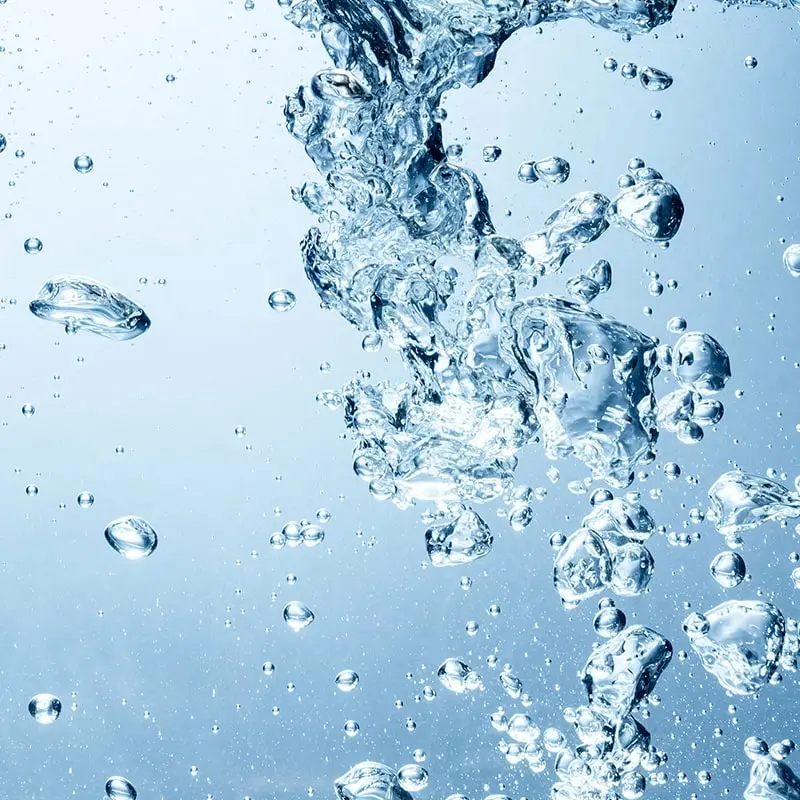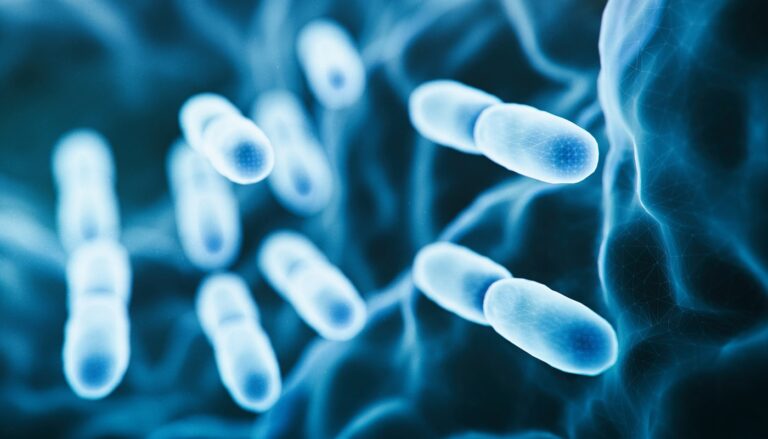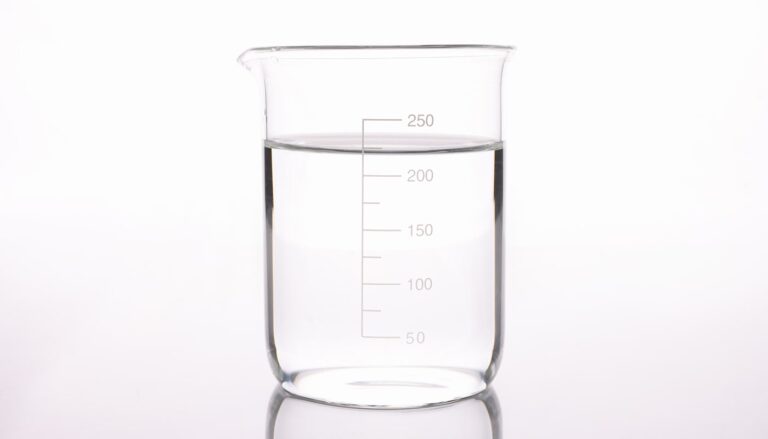Water quality cannot be determined based on appearance. Multiple processes such as physical, chemical, or biological analyses have been developed to test contamination levels that are invisible to the naked eye. The levels of organic and inorganic chemicals are among the standard parameters analyzed to determine water quality and contamination levels. But what is filtered water? Is it the same as purified water? Is tap water filtered or purified?
Most tap water is filtered before reaching the end user. Nevertheless, authorities test the water quality after it is filtered before it goes into the municipal feed lines, producing results above the required standard. However, what remains unaccounted for is the age of the feed lines and their length. As the pipes are often decades old, filtered tap water can become polluted with everything it encounters along the way before it reaches your drinking glass. Old pipes can redistribute microorganisms, bacteria, and viruses into the water. So what does this mean for you and what water you choose for different uses? Read on to learn more about filtered water.
Looking for the best kind of filtered water? Take your purity to the next level with vapor distilled water.
What is filtered water? Are filtered water and purified water the same?
A water filter removes impurities by lowering water contamination using a fine physical barrier, a chemical process, or a biological process. Filters clean water to different degrees for various purposes, including agricultural irrigation, water for drinking, public and private aquariums, safe use of ponds and swimming pools, and for using it in different types of medical equipment such as a CPAP machine or in a Neti pot. The filtration process reduces or eliminates bacteria, viruses, parasites, fungi, and suspended particles depending on the level of filtration or purification.

All purified drinking water is filtered, but that doesn’t mean all filtered water is purified. Although similar in sentiment, there are significant differences between the two. Water sources have varying levels of filtration depending on if you’re drinking tap water, bottled water, or actual purified water. Actual purified water can remove many water imperfections such as bacteria, algae, fungi, parasites, metals, and chemical pollutants. But how is water filtered, and which one produces the purest end product?
What are the methods to filter water?
Activated carbon and granular activated carbon
Adsorption is a critical component of activated carbon filtration. A porous carbon substrate traps molecules in the water. A charcoal filter removes sediment, chlorine, and volatile organic compounds (VOCs). Despite this, carbon filtration is not as effective at removing salts, minerals, and dissolved inorganic compounds. Carbon filters used for water filtration can be either powdered block filters or granular activated carbon (GAC) filters. Filters with carbon blocks offer a larger adsorption surface, and many of them have additional layers in between the carbon for better filtration. Silver layers are even present in some filters to inhibit bacterial growth. The GAC filter comes in various sizes and uses finer granulated charcoal with a smaller surface area than the carbon block, producing a channeling effect. Despite being treated, bacterial colonies can grow inside the filter if it isn’t used for a long time.
Ion exchange filters and deionization
A deionization system is used to remove dissolved ions from water. Using ion exchange, contaminants can be neutralized with other ions, and relatively low concentrations of contaminants can be removed. Although deionization produces pure, high-quality water, it is typically ineffective against organic pollutants. Deionization filters use beads charged with hydrogen and hydroxyl ions and exchange them for cations and anions. As metallic ions enter the filter, hydrogen is released and replaces the metals, which get trapped in the beads. The anions in the water are exchanged with the hydroxyl ions, then the hydrogen and the hydroxyl combine. The end product is mineral-free water.
Distillation
Distilled water is filtered by boiling water to separate the water molecules from contaminants and hard minerals. The pure water vapor is collected on one side of the water distiller, and any other contaminants are left behind. Distillation is one of the simplest methods to filter water. Water is boiled, and the steam is condensed and captured in a separate container. The contaminants remaining in the original container are then removed. Distillation is a very effective process and obliterates impurities making it the purest form of water.
Ready to choose the best?
Water that’s been distilled is your answer if you’re looking for the best and purest form of filtered water. If you want to invest in a quality product that will give you peace of mind about what you’re drinking, using for a steam facial, or filling up your CPAP humidifier tank, look no further than vapor distilled water from Aquapap. You won’t be disappointed with the quality and purity of vapor distilled water from Aquapap. Shop now!






